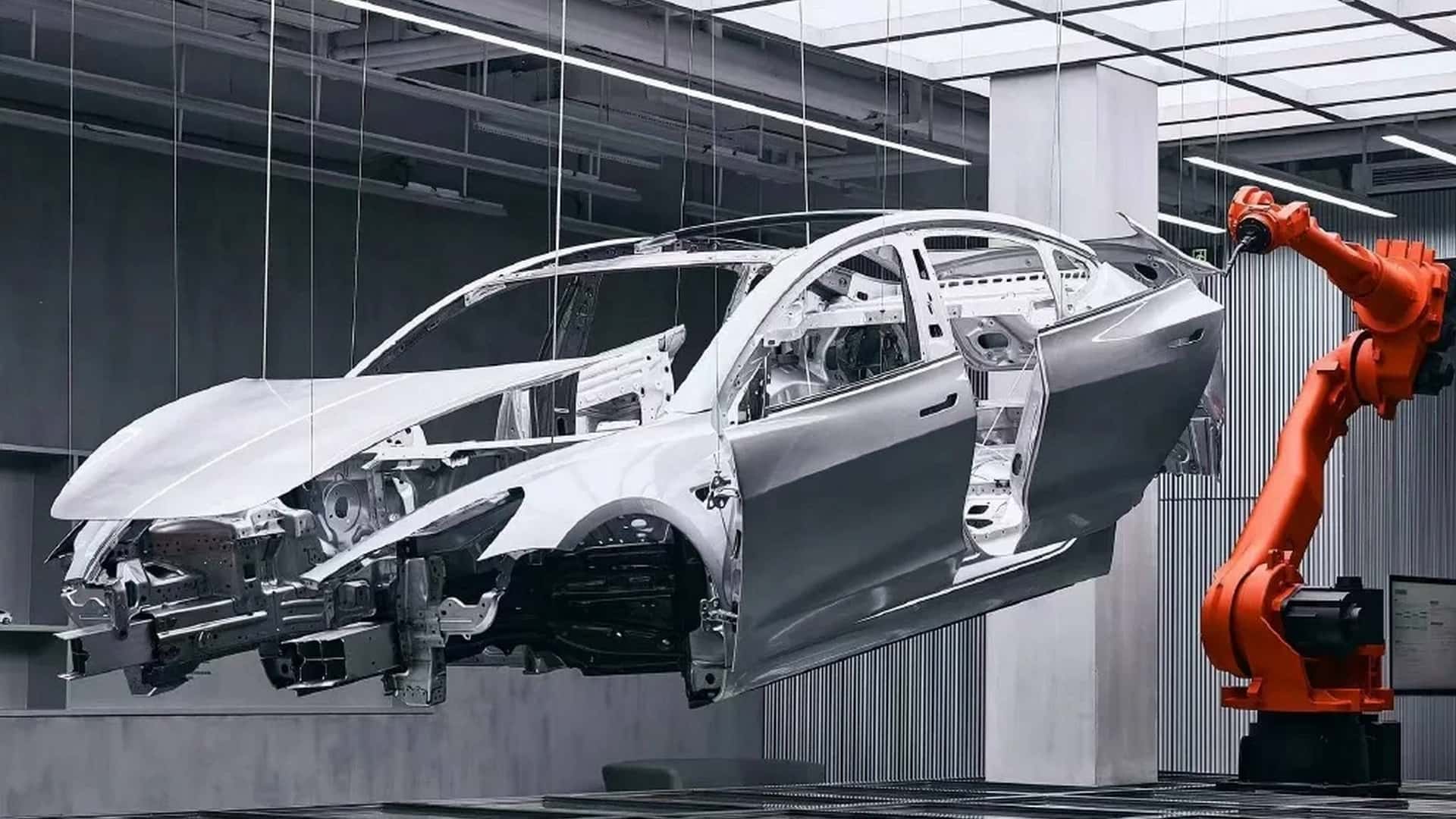
The U.S. government has delayed implementing even-stricter sourcing requirements for EVs to qualify for the $7500 federal clean vehicle tax credit, the Wall Street Journal reported Friday.
The government had planned to bar any EV with China-sourced graphite in the battery pack from receiving the credit beginning in 2025. But the final rules delay that requirement until 2027 in recognition of the fact that much of the world’s graphite comes from China, graphite tracing is hard and U.S. suppliers will need time to build up capacity.
EV Tax Credit Confusion
The federal government implemented stricter requirements for vehicles to qualify for the Clean Vehicle tax credit. The result has confused customers, annoyed dealers and led to weird loopholes that heavily incentivize leasing over buying. Fewer than 20% of new EV models qualify for the credit when purchased.
The change also comes after new sourcing requirements made most EVs ineligible for the federal tax credit in January 2024. The updated requirements bar EVs built outside of the U.S. or made with too much China-sourced battery material ineligible for the credit if the vehicle is purchased. Only 22 of the 122 EVs on sale qualify for the federal incentive, according to a statement from the Alliance for Automotive Innovation. Just 9 of those 22 qualify for the full $7500 credit, with 13 models receiving $3500 off the purchase price. However, due to a quirk of the law, all EVs are eligible for a $7500 credit if they are leased rather than purchased.
The tweak to the rules came as the administration finalized them. The existing rules have technically been draft provisions that are in effect as drafts. The finalized set of rules has the same basic sourcing and battery component requirements, designed to prevent U.S. tax subsidies from benefitting “foreign entities of concern.” Of course, the main “concern” is any company with links to the Chinese government, as the U.S. is trying to build up its homegrown supply chain to compete with China’s. China is the largest EV market in the world and is perceived by experts to have the most developed localized supply chain. For strategic reasons, the U.S. does not want to be dependent on what its official National Security Strategy document calls its “pacing threat” and main peer competitor, China.
Yet, it appears too early to completely decouple the EV supply chains. The industry has already been thrown off balance by the quick change to U.S. federal tax credit rules, with foreign automakers of allied nations scrambling to adjust production plans to account for domestic production requirements. Those rejoicing at this delay, though, should be aware of one of the consequences of finalizing the rules.
Now that they are official government policy, the rules are subject to litigation and revision. Senator Joe Manchin (W-VA), a key author of the Inflation Reduction Act that outlined these rules, argued to Politico that the new rules would basically use U.S. taxpayer dollars to subsidize Chinese companies. According to Politico, he vowed back lawsuits by “any entity that has been negatively impacted by the illegal implementation of the law to restore the goal of domestic opportunity and security,” and lead a Congressional Review Act resolution to adjust them.
There’s no way to know if that will work out. Regardless, we hope finalizing these rules brings the government one step closer to having permanent, well-understood rules that the industry can plan around. If the U.S. really wants to keep pace with China, it has to provide a firm, stable commitment to EV adoption.

